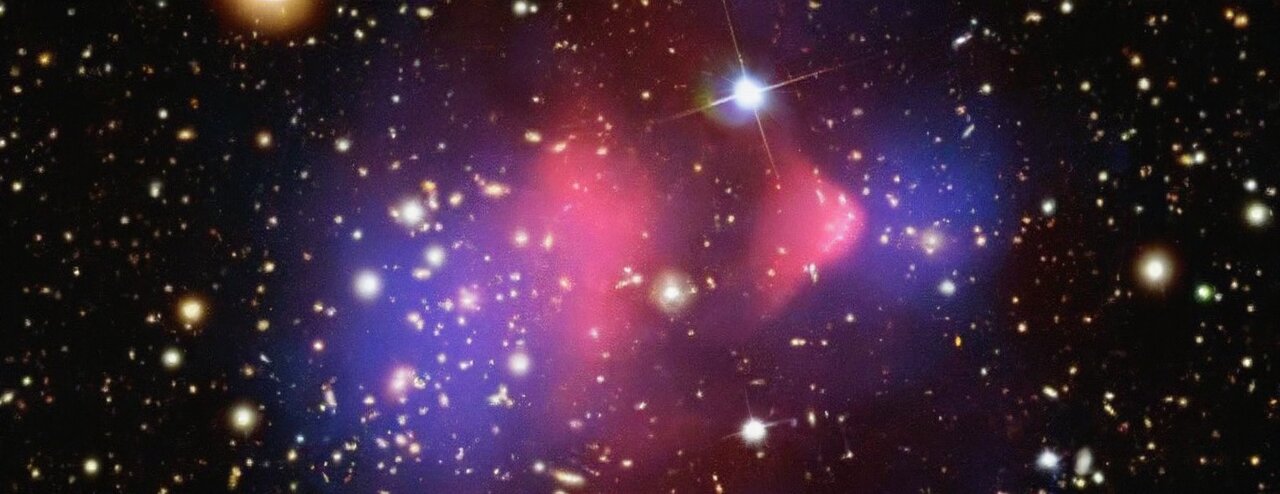For nearly a century, dark matter has continued to evade direct detection, pushing scientists to come up with even more creative methods of searching. Increasingly sensitive detection experiments are a major undertaking, however, which means scientists want to be sure they analyze data from these experiments in the most thorough and robust way possible.
With that in mind, the Super Cryogenic Dark Matter Search (SuperCDMS) collaboration has published a reanalysis of previously published experimental data. Their study, published recently in Physical Review D, describes the team’s search for dark matter via two processes called Bremsstrahlung radiation and the Migdal effect.
In a first-of-its-kind analysis, the team also worked with geologists to consider how the Earth’s atmosphere and inner composition interact with dark matter particles to cause their energy to dissipate. The analysis represents one of the tightest limits on dark matter detection yet and sets the stage for future dark matter searches.
“As we search for dark matter, we need to extend detection sensitivities,” said Noah Kurinksy, a staff scientist at SLAC and corresponding author on the study. “Having better ways to model these processes and understand these sorts of measurements is very important for the dark matter community.”
In an experiment like SuperCDMS, physicists look for signs that dark matter has collided with the atomic nuclei—the protons and neutrons—inside a material such as silicon and germanium.
2023-07-28 13:24:03
Article from phys.org




















